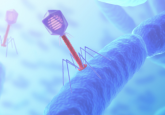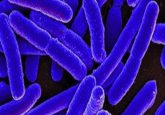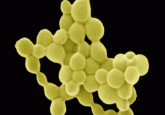Water purifying bacteria
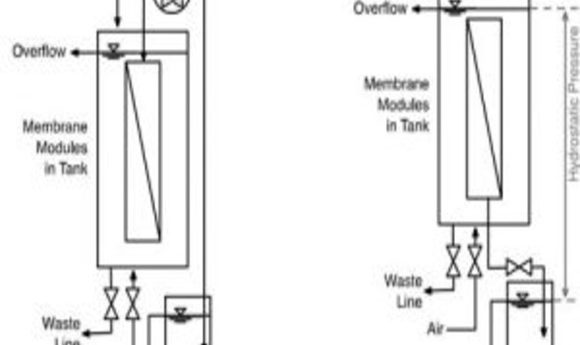
The cost of running and maintaining water filtration systems prevents smaller communities from accessing drinking water. Water purifying bacteria may provide the solution.
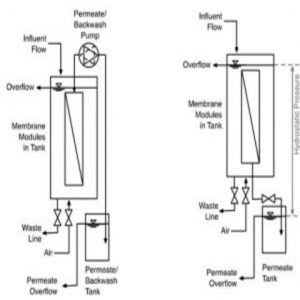
Normal vs. improved membrane system (1).
Membrane filters incorporating bacterial biofilms are widely used in cities worldwide to generate drinking water. While highly effective, these membranes rely on trained technicians and costly power plants to operate. Now Pierre Bérubé and his team at the University of British Columbia present, in the journal Water Research, a modified biofilm-based system that reduces operating costs and the need for complex infrastructure.
“Over the past two decades, the philosophy of trying to increase membrane performance has been to try to push more liquid through [the biofilms],” said Bérubé. These strong water fluxes require expensive mechanical pumps running non-stop and costly cleaning procedures. “These systems aren’t used in small communities because they don’t have the operator skills to run them, the money to design and maintain them, or the necessary continuous power supplies,” said Patricia Oka, first author of the study.
To improve these filters, Oka turned to the properties of biological membranes. Compared to water filters, membranes in our bodies—such as in our gut—operate at low rates, filtering less material than is forcibly pushed through artificial filtration biofilms. Oka therefore started by reducing water throughput passing through the biofilms and saw a sharp reduction in contaminant accumulation, thereby reducing cleaning costs.
But less flux means less water can be filtered at once. Thankfully, seeding bacterial biofilms is relatively inexpensive, making up only a fraction of the cost of filtration membranes. Growing more biofilms was sufficient to restore the filters’ processing efficiency.
To remove the need for the mechanical pumps required by membrane systems, Oka took advantage of gravity to create a water flux. She built a smaller tank below the main one thereby creating water pressure from top to bottom. This forced water through the biofilms, allowing bacteria to efficiently remove organic material from the water.
“The system that we developed is as little work as having an aquarium in your house,” said Bérubé. “You need to clean it and make sure your fish [or here, bacteria] are alive, but it doesn’t require you to add many chemicals or fix pumps.”
The team started their first pilot in West Vancouver last week and is hoping to expand this system to Native American communities in the next few months.
